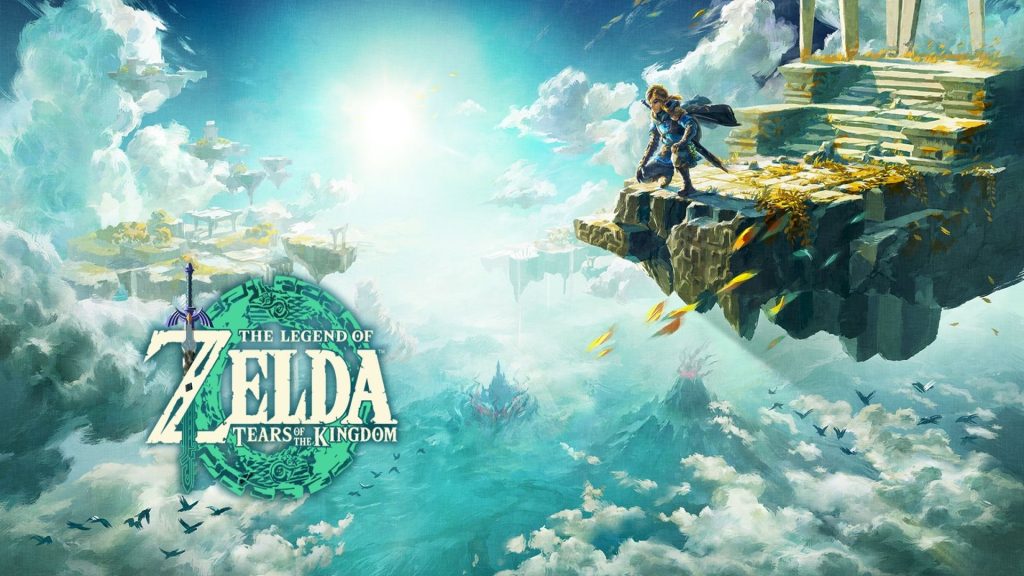The Nintendo Switch 2 has taken strides in enhancing the gaming experience for its players, especially with beloved titles like *The Legend of Zelda: Breath of the Wild* and *Tears of the Kingdom*. While both games have seen significant upgrades, a recent analysis reveals that they still grapple with certain shortcomings, particularly concerning graphical performance. As the gaming community looks forward to more immersive experiences, the potential of the Nintendo Switch 2 is both exciting and, for some, a bit disappointing.
Upgrades and Performance
Recent insights from Digital Foundry detail how both *Breath of the Wild* and *Tears of the Kingdom* have been enhanced on the Switch 2. The upgraded hardware allows for a higher dynamic resolution, which provides sharper visuals in both docked and handheld modes. This increased clarity significantly improves gameplay, making it easier for players to spot items from a distance—an essential feature when traversing the vast landscapes of Hyrule.
One of the standout improvements is the solid 60 FPS frame rate in both titles, enhancing gameplay fluidity. Faster load times also contribute to a more seamless experience, allowing players to dive into gameplay without long waits. The introduction of higher-quality environmental textures enhances the overall aesthetic, making the game worlds more engaging and visually impressive.
Missed Opportunities
Despite the enhancements, the analysis highlights a critical area where *Tears of the Kingdom* falls short: it still utilizes AMD’s FidelityFX Super Resolution (FSR) 1 technology for upscaling. This decision has drawn criticism, as many expected the game to leverage NVIDIA’s more advanced DLSS technology, which has shown remarkable results in various titles on the Switch 2. In its examination, Digital Foundry noted that FSR 1’s use leads to distracting flickering during gameplay, which could detract from the immersion players typically expect from a Zelda title.
This oversight is particularly pronounced given that the Switch 2’s architecture supports NVIDIA’s DLSS, a feature that delivers superior image quality by utilizing AI to upscale lower-resolution images. Many in the gaming community see this as a missed opportunity for enhancing player experiences and pushing the graphical fidelity to new heights.
Comparison with Other Titles
Other games on the Nintendo Switch 2 platform have capitalized on these upgrades, demonstrating the console’s potential. For instance, *Splatoon 3* has received a staggering resolution boost, making character models and environments much more vibrant and detailed. Furthermore, unpatched titles on the Switch 2 are reportedly achieving unlocked frame rates, often reaching 60 FPS without issues. This is a significant achievement and showcases the Switch 2’s capability to breathe new life into older, beloved games.
According to reports from WccfTech, the Switch 2’s impressive backward compatibility allows for smoother performance in unpatched games, raising player expectations for future titles.
Market Reaction
The response from both critics and fans has been largely positive regarding the overall performance improvements on the Switch 2, yet the consensus also acknowledges the areas that need attention. The gaming community has begun discussions on forums such as Reddit and gaming-centric Twitter threads, where players share their experiences with the graphical fidelity and performance of Switch 2 titles. Users have voiced their appreciation for the frame rate and resolution boosts while simultaneously lamenting the decision to stick with FSR 1 for *Tears of the Kingdom*.
Industry analysts also indicate that these upgrades could significantly influence future game development for the Switch platform. The emphasis on graphical performance and player experience might encourage developers to prioritize innovative technologies, setting a new standard for subsequent releases.
Conclusion
As gamers dive into *The Legend of Zelda: Breath of the Wild* and *Tears of the Kingdom* on the Nintendo Switch 2, they are given a taste of what the upgraded hardware can offer. While there’s much to celebrate—such as improved frame rates, resolution, and texture quality—the lingering issues with AMD FSR 1 highlight a gap that could have been filled with more advanced technology like NVIDIA DLSS. For now, the Switch 2 stands as a testament to gaming progression, promising a bright future for titles that are yet to come.

